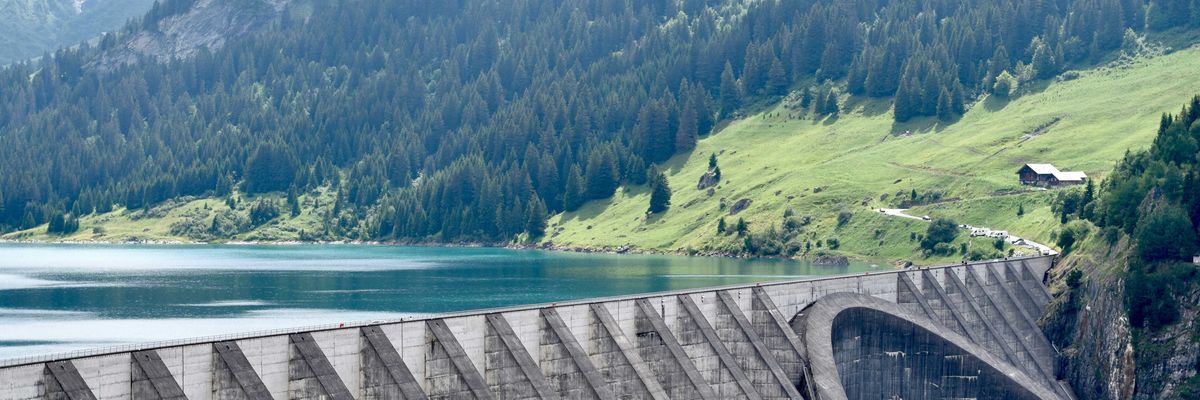freshwater ecosystems
Mayflies warn of the unseen dangers lurking after urban wildfires
Mayflies and other tiny stream organisms are revealing alarming signs about the impact of urban wildfires on waterways, showing how toxic metals released by fires may disrupt ecosystems for years.
Lauren Magliozzi reports for The Washington Post and The Conversation.
In short:
- After wildfires sweep through urban areas, pollutants like copper, lead, and zinc are carried into nearby streams, increasing metal concentrations up to 200-fold.
- Sensitive aquatic species, like mayflies, suffer from reduced reproduction and population declines due to toxic metal exposure, altering the entire ecosystem.
- Pollutants from burned materials affect water used for irrigation and recreation, potentially leading to long-term contamination and ecological damage.
Key quote:
“Mayflies’ decline is a concerning indicator of ecosystem stress.”
— Lauren Magliozzi, researcher at University of Colorado at Boulder
Why this matters:
When wildfires blaze through cities, they leave behind more than scorched earth. Metals like copper, lead, and zinc from destroyed infrastructure get washed into rivers and streams. Mayflies, being super sensitive to changes in water quality, are taking the hit. Their populations plummet, and that ripple effect runs deep, disrupting ecosystems that rely on them. Read more: We’re dumping loads of retardant chemicals to fight wildfires. What does it mean for wildlife?
India’s mega plan to connect its rivers raises big questions
India's ambitious project to link its rivers may provide solutions to water shortages but could also cause significant environmental and social disruptions.
In short:
- India plans to launch a $168 billion project to connect its rivers, aiming to address water shortages and improve irrigation.
- Experts warn that the project could displace half a million people, submerge vast tracts of land, and disrupt natural monsoon patterns.
- Critics argue that the government has not adequately considered alternative, less disruptive water management strategies.
Key quote:
[The] “initial assumption, is that river basins are independent systems and output from one … can be used to feed the other. [But] changes in one can lead to changes in another.”
— Tejasvi Chauhan, water engineer and biosphere modeler, Max Planck Institute for Biogeochemistry.
Why this matters:
This project could reshape India’s water management but might exacerbate environmental issues and displace communities, highlighting the need for sustainable solutions in tackling water crises. Read more: The planet is losing free-flowing rivers. This is a problem.
Canada and the US tackle mine pollution with an international study
After years of advocacy by the Ktunaxa Nation, Canada and the U.S. have agreed to an International Joint Commission inquiry into pollution from southeast B.C.'s Elk Valley coal mines.
In short:
- The inquiry aims to address contamination affecting the Elk and Kootenay rivers, with a focus on selenium's risk to aquatic life.
- Efforts include forming a governance body and a two-year study to develop action plans and understand the pollution's impact.
- Teck, the mining company, has invested over $1.4 billion in pollution mitigation, but selenium levels remain a concern.
Key quote:
“I am glad to see that the U.S. and Canada are finally taking their commitments to Indigenous Peoples, the environment and the international Boundary Waters Treaty seriously.”
— Gary Aitken Jr., vice chairman of the Kootenai Tribe of Idaho
Why this matters:
The initiative represents an important step toward addressing a century-long pollution issue in southeast B.C., focusing on health outcomes and the environment. Coal extraction and coal burning pollutes the planet and threatens ecosystems in myriad insidious ways.
Wisconsin judge affirms regulators can force factory farms to get preemptive pollution permits
The waters of the Xingu: A source of life at risk of death
In Xingu Indigenous Park in the Brazilian Amazon, rivers and lakes are natural arteries that provide life for animals and Indigenous communities, serving as a base for eating, bathing, social interaction and refuge in times of drought.
How pesticides, road salt threaten Maine’s water supply
The amount of road salt being using, coupled with leaking old septic systems and an increased use of fertilizers and pesticides to kill ticks and mosquitoes and manage invasive plants, are among the greatest threats to future water supply.
Elevated levels of metals found in creek near Virginia coal ash pit
The effect of coal ash on the environment has been studied and debated for more than seven years now in Virginia. Utilities have spent those years looking for long-term disposal.









